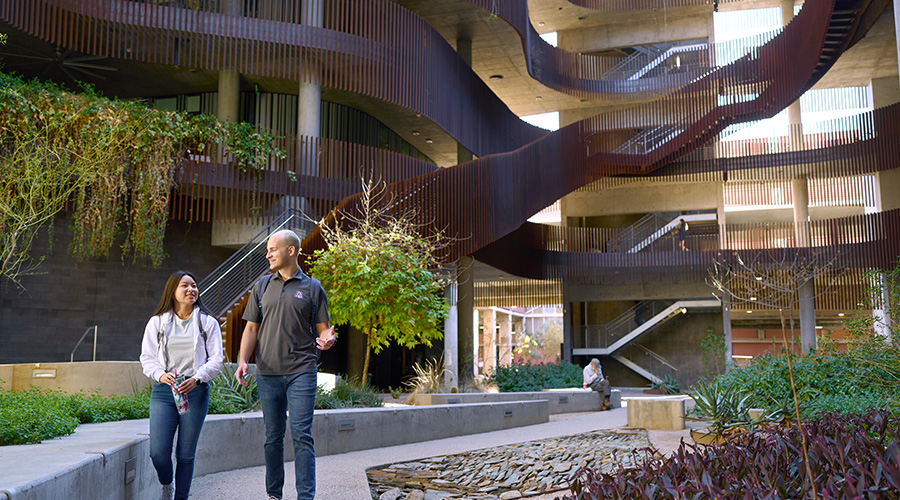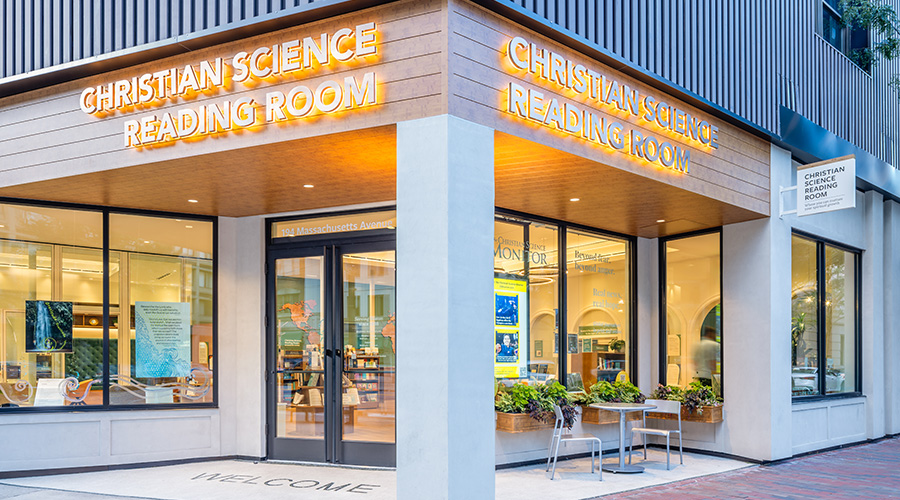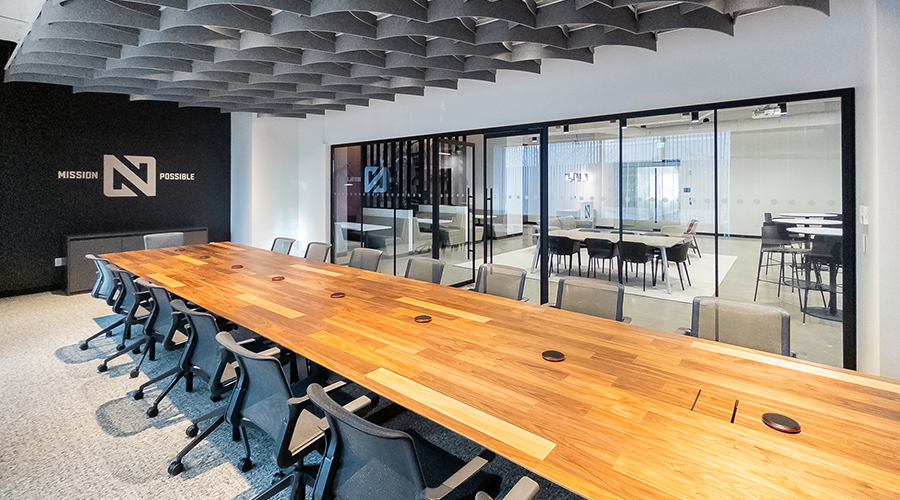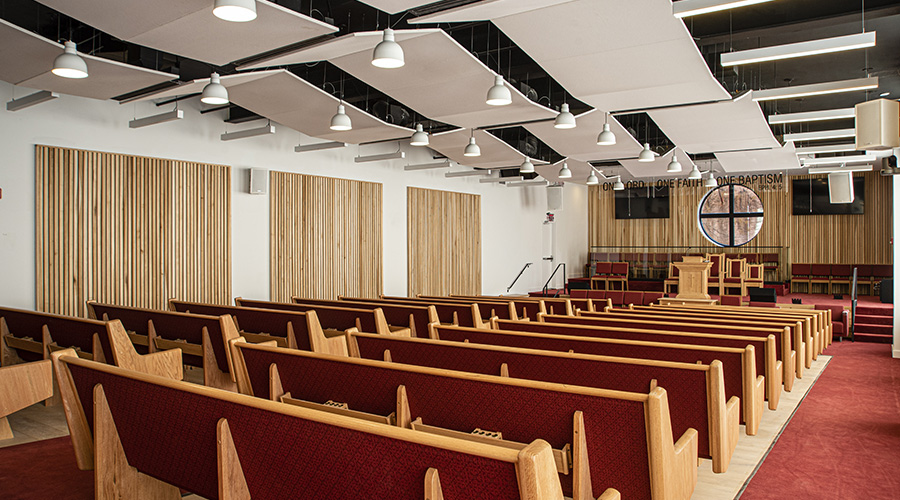Alternative Workplace Design Allows For Greater Collaboration, Quiet Work
When Philips, a globally diversified health and well-being company in Andover, Mass., was looking to expand its office space, the company opted to design a new office environment that embraces an alternative workplace strategy, with an open and efficient floor plan promoting collaborative work. With no private offices, Philips' open workspace features 200 individual work settings for 240 employees in a free addressing concept. The flexibility and adaptability of each work setting also allow employees to migrate from desk to desk depending on workflow, projects, and accessibility to other team members in the office. To promote collaboration and interaction, the open workspace is arranged in seven "neighborhoods" that house four clusters of six work settings, with adjacent support spaces that include meeting rooms, file areas, and phone booths.
"The design of our new space provides opportunities for interaction and collaboration, while offering our staff the flexibility and mobility they need to do their jobs," says Jay Poswolsky, director of workplace innovation at Philips. "Our new space leverages both technology and dynamic office design to create a livable and workable space. The end result is an efficient office design that allows employees to work anywhere.
Collaboration and Quiet Work
Since AWP design promotes an open work environment — often with no private offices — conference centers, collaboration spaces, and meeting rooms become very important. AWP design parallels the new way companies are working with common areas that support formal and informal communication, interaction and knowledge sharing, and thereby encourage greater collaboration and work in groups.
By increasing meeting space, as well as by placing meeting spaces in proximity to work areas and making these meeting spaces less formal, AWP design promotes collaborative work. The design also includes quiet zones for concentration, featuring high walls, filing cabinets or screens to provide privacy and decrease distractions. Finally, common spaces can include breakout areas with a variety of seating, centralized cafés/kitchen space, and coffee bars. Many companies embracing AWP design also trending toward corporate conference centers that provide the highest level of technology integration, facility flexibility, and client amenities.
Forrester Research, an independent business and technology research company based in Cambridge, Mass., has no private offices, even for the CEO. The new headquarters features an open workspace with workstations clustered around white board-clad team rooms, creating neighborhoods to foster collaboration. In addition to the team rooms distributed around the space, there are quiet rooms for concentrated work and larger glass-fronted team rooms clustered at the center of each floor.
For Forrester, the conference room experience is critical for a company without private offices, and a larger conference space with enhanced audiovisual capability was essential for staff to leverage technology while communicating with Forrester offices around the world. Forrester's conference center resides on the first and second floors for client convenience and staff privacy, and includes 17 conference rooms of varying sizes outfitted for videoconferencing and designed to handle future installation of telepresence systems, which will offer an immersive videoconferencing environment, with screens large enough that the remote parties appear to be sitting across the table, full size. The conference center also includes a 4,275 square foot multi-purpose room for client seminars and company-wide meetings. In addition to client conference spaces, Forrester also provided 72 dispersed team rooms for employee interactions.
Related Topics:














